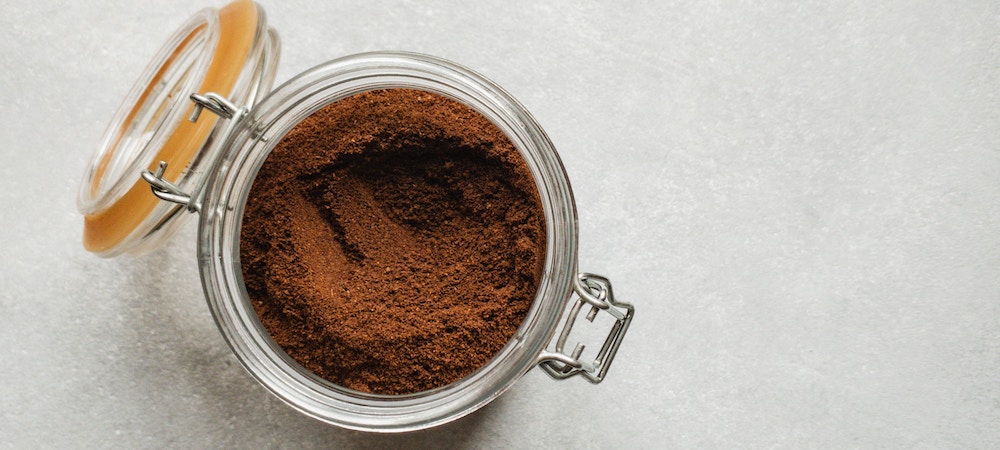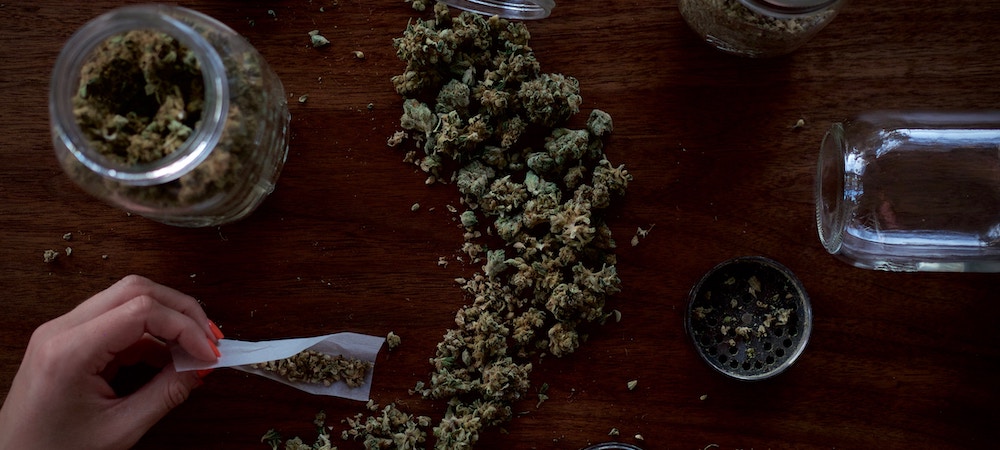Choosing among hundreds of strains is one of the most exciting things beginners can do while discovering the many benefits of cannabis for the first time (or only recently). Before going on ahead, it is best to delve deeper into the different species – Sativa, Indica, and Ruderalis – for each produces varying effects. Moreover, many of the most popular marijuana strains available in the market are creations of master breeders. These are hybrids that contain the genetics of two or more species, which also means they also possess properties of the parents.
Some people choose strains by trial and error. Not only is it costly, but also frustrating. In some instances, it may lead to either an underwhelming or overbearing experience.
Medical marijuana users, in particular, have pressing needs. It is already bad enough that a chosen strain could not provide such benefits. The wrong one can also aggravate medical conditions. As for recreational use, each person has a distinct preference. More than merely choosing between a euphoric or relaxing high, there are other considerations such as intensity and flavours.
Although this beginner’s guide to marijuana strains benefits users mainly, it can also help you in the future – should you decide to grow cannabis yourself. Growing your own medicine – as some people like to put it – is a rewarding experience. A better understanding serves as a foundation for successful cultivations and harvests.
Guide to Marijuana Strains
Cannabis is an annual flowering plant and is dioecious – which means each of them is either male or female. In nature, male plants pollinate females. In turn, the females produce seeds containing the genetics of both parents. A small percentage of cannabis plants, though, are hermaphrodites. Due to genetic predisposition and growing conditions, hermies have male and female reproductive organs and can self-pollinate.
Species
Most people who looked into and used cannabis should recognize the two main species – Sativa and Indica. Not many people, however, realize there is a third one – Ruderalis. Within the scientific community, there is a debate on the categorization of these three. Some consider them as three distinct species. On the contrary, others deem them as one species with three subspecies (Gloss).
Cannabis Sativa
Sativa plants originally came from locations where the climate is hot and dry with long sunny days – Southeast and parts of Western Asia, Central America, and Africa. Because of the abundance of sunlight, they evolved to have thin, light green leaves. These plants, though, can stretch upwards, reaching for the sun – which is why they have a tall, slim structure.
Outdoors, Sativa plants can grow up to 12 feet or taller. They need generous vertical space indoors, with most strains averaging 4-6 feet tall. Upon transitioning to the flowering period, they take their sweet time lasting up to 12 weeks, with some requiring up to 16 weeks. The extended time it takes also means they generally produce high yields of fluffy and popcorn-sized buds.
Recreational effects:
- Feeling euphoric
- Relaxed
- Changes in perception (colour, time, and space)
- Increased appetite
- Energetic and talkative
Medical effects:
- Alleviate chronic pain
- Mitigate nausea and vomiting resulting from chemotherapy
- Relieve some multiple sclerosis (MS) symptoms
- Boost appetite
- Relieve anxiety
Sativa strains are excellent for daytime use, and some people use a tiny dose to enhance productivity. It helps unleash creativity, which musicians and artists have taken advantage of in creating their masterpieces. Medical marijuana users can, for sure, benefit from its therapeutic properties (Andre et al.). An excessive dosage, however, is counterproductive. For some people, it might even become overbearing. Instead of melting away stress or easing anxiety, for example, it may worsen the condition.
Recommended Sativa strains:
Related article: Top 10 Things to Do When You Are High on Sativa
Cannabis Indica
Indica cannabis species originally came from places where the climate is often windy, cold (but not freezing), and dry, like Afghanistan, Pakistan, and India. Because they need to withstand the harsh conditions, Indica plants are shorter and sturdier than Sativa, growing 2-4 feet tall. They have more branches with broad, dark green leaves to give them a compact, Christmas tree-like structure.
The leaf size and bushy shape are necessary for these plants to collect light energy where the sun doesn’t shine as much as in warm, tropical regions. Many people prefer growing Indica strains because they are not as delicate as Sativa strains and naturally resistant to pests and diseases. More importantly, their flowering time lasts only 7-9 weeks while still producing generous yields of dense buds.
Recreational effects:
- Calming
- Physical and mental relaxation
- Sedating
- Sleepy
Medical effects:
- Reduce anxiety
- Relieve muscle pain
- Alleviate muscle spasms
Indica strains are excellent for late afternoon to evening use when there are no other things to do. For one, it is relaxing and a great way to de-stress from the hassles of the day. Not to mention, it may help relieve pains and symptoms of glaucoma, neuropathy, spasticity, and more (Pearce et al.). Another reason is that at peak intensity, most people feel lazy. If the strain is highly potent, the numbing, sedating body high can lead to couch-lock.
Similar to Sativa strains, too high a dosage can lead to a mind-bending experience. Furthermore, it may lead to unpleasant effects like increased anxiety, staying true to the biphasic nature of cannabis.
Recommended Indica strains:
Related article: Top 10 Things to Do When You Are High on Indica
Cannabis Ruderalis
Most recreational and medical marijuana users are not aware of Ruderalis because it has no benefits to offer. Instead of being insignificant, this species is why there are now many auto-flowering seeds for sale.
Ruderalis thrives even in extreme conditions where Sativa and Indica plants cannot grow. In particular, these locations include Russia and Eastern Europe (Wikipedia Contributors). In these places, the growing season is short, and sunshine is limited. These plants have adapted to such conditions by flowering automatically after 2-3 weeks from seeds.
Ruderalis plants are small, averaging only 1-2 feet tall. Their small stature results from a rapid growth cycle in which they reach maturity in 2 months or less. Unfortunately, they do not produce significant amounts of THC and CBD.
For breeders, the auto-flowering trait of Ruderalis proved invaluable. By crossing this species with Sativa or Indica strains, they produced new hybrids which no longer rely on light cycles to transition. Auto seeds appeal to home growers who want quick turnaround time or have tiny growing space. Although the first generations of auto-flowering strains were underwhelming, new breeding methodologies paved the way for modern autos that boast 20% or more THC.
Hybrids
Landrace strains (pure Sativa or pure Indica in their native form) are rare. Most marijuana strains today are, in reality, hybrids. These are strains that have both Sativa and Indica genes. On appearance, looks can be deceiving. For example, some strains may have Sativa-like leaves but grow like an Indica.
Hybrids, in a sense, may very well be designer strains. In creating hybrids, breeders can pick desired traits from each of the parent strains. As you browse the catalogues of marijuana strains, you would see some as Sativa-dominant, Indica-dominant, or Balanced. Apart from effects, breeders can also customize their flavours and aroma.
Hybridization is also an excellent way of eliminating weakness in strains. For example, Sativa strains take a long time to grow. By adding Indica genetics, breeders created Sativa-dominant hybrids that grow like an Indica – sturdier, more resistant to pests and diseases, and flowers faster.
Breeders also boost desired traits by hybridization. Realizing the importance of terpenes, they are now creating more flavourful, more aromatic hybrids. They can also create high-yielding THC-rich or CBD-rich varieties.
Recommended hybrids:
Related article: Top 10 Things to Do When You Are High on Hybrids
Choosing Marijuana Strains
The choice of marijuana strains comes down to the desired effects. For daytime strains, choose Sativa. These are the types of cannabis strains that produce a mentally stimulating high. Think of it as an upper, in which you feel uplifted and energetic.
If you are in for a relaxing time, especially in the evening, Indica strains are your choice. These strains can quickly calm you down, and depending on the dosage, lock you on the couch.
Hybrids offer a combination of Indica and Sativa. Usually, these strains are 50% Sativa, 50% Indica. The onset of the effects may be more cerebral, but a physically soothing body high follows after some time.
Once you have decided between Sativa, Indica, or hybrids, the next is choosing a specific strain. To this end, you may opt for flavours and aromas, which you can see in the product information.
Lastly, take note of the THC concentration. As someone new to using weed, you want to choose cannabis strains for beginners. Usually, they would have less than 15% THC. Anything more, especially in the 20% or more range, can be too intense.
Citations
Gloss, David. “An Overview of Products and Bias in Research.” Neurotherapeutics, vol. 12, no. 4, 23 July 2015, pp. 731–734, www.ncbi.nlm.nih.gov/pmc/articles/PMC4604179/, 10.1007/s13311-015-0370-x.
Andre, Christelle M., et al. “Cannabis Sativa: The Plant of the Thousand and One Molecules.” Frontiers in Plant Science, vol. 7, 4 Feb. 2016, 10.3389/fpls.2016.00019.
Pearce, Daniel D., et al. “Discriminating the Effects of Cannabis Sativa and Cannabis Indica: A Web Survey of Medical Cannabis Users.” The Journal of Alternative and Complementary Medicine, vol. 20, no. 10, Oct. 2014, pp. 787–791, 10.1089/acm.2013.0190. Accessed 19 Mar. 2019.
Wikipedia Contributors. “Cannabis Ruderalis.” Wikipedia, Wikimedia Foundation, 18 Dec. 2019, en.wikipedia.org/wiki/Cannabis_ruderalis.




